This post may include affiliate links.
If you make a purchase, I'll earn a small fee at no extra cost to you.
Whether you have a huge garden in the country, or a tiny one in a city backyard like me, you’ll find one thing in common: BUGS. They creep, they crawl, they fly, and they ooze–and you need to know which ones can stay in your garden and which ones need to go. You want to keep the good bugs, get rid of the bad bugs, and keep kids and pets safe, right? So no chemicals…you got this.
Just like in the movies, there are three types of bugs–the good, the bad, and the ugly. Some bugs fit in more than one category, as well.
Keep the Good Bugs in Your Garden
The good bugs, or predators, help your garden every time they show up. Here are some things you can do to encourage them to visit your garden and stick around once they arrive. If you can’t wait for them to visit on their own, many garden centers sell these insects or their eggs.
Ladybugs
Ladybugs are cute and adorable to us, but if you’re an aphid–look out! One ladybug can eat its weight in aphids every single day (that’s about 50 aphids per ladybug). They also eat whiteflies and mites, making them a valuable predator in your garden.
Ladybug larvae definitely fall into the ugly category. They look like tiny prehistoric monsters! In the 2-3 week larvae stage, one of these little critters will eat about 400 aphids.
In addition to bugs, ladybugs eat nectar. Plant extra cilantro, dill, fennel, or chives and let them go to flower. This will encourage the ladybugs to stay in your garden.
Praying mantis
When you think “good bug,” these often come to mind first. While they do eat moths, crickets, grasshoppers, and flies, they’ll also eat any good bugs they come across–including each other.
They are territorial, so you’ll usually find one lone mantis sitting camouflaged on a plant. It will stay on that plant as long as food is available. While waiting for its prey to happen by, the mantis waits with its front legs folded like it’s praying. Once an insect is in reach, it strikes out in a flash and grabs its victim.
Because flowering shrubs attract insects, they’re great for praying mantises (mantii?). The praying mantis can sit back and wait for the buffet to come to it!
Trichogramma wasps
These are tiny, specialized wasps that lay their eggs inside the eggs of specific pests–moths or butterflies. When the wasp eggs hatch, the larvae eats the contents of the pest egg.
Trichogramma wasps prey on a variety of pests, including the armyworm, squash borer, cutworm, tomato hornworm, cabbage looper, and codling moth. Your County Extension office can tell you which wasps are right for the crop you want to protect.
Get Rid of Bad Bugs in Your Garden
Because I don’t like chemical pesticides on me, my kids, or my food, I use natural insect control methods in my vegetable garden. This helps me get rid of the bad bugs without endangering the good ones.
Snails and slugs
The scourge of every gardener, these slimy critters eat little round holes in your veggies and fruits. They were all over my artichokes and strawberries this year. Grrr…
There are several ways you can exterminate them. Here are mine, in order of preference:
- Offer your kids a bounty for every one they squish. Send them out hunting at dusk with a flashlight for best results.
- Sink an old tuna can or cat food can into the ground so the opening is level with the soil. In the evening, put a bit of beer in the bottom–they’ll ooze their way in for a drink and won’t be able to get out. Dispose of the little drunkards in the morning. Repeat as needed.
- My aunt glued a row of pennies along the top edge of all her raised beds to keep the snails out. Apparently, the copper reacts with the snail’s slime to produce a mild electric shock. I haven’t tried this one myself, but it makes a great conversation starter.
Cabbage worms and cutworms
If you have holes in your brassicas (broccoli, cauliflower, or cabbage) and little white moths flying around, you probably have cabbage worms. They can destroy a plant in no time at all.
The best way to keep cabbage worms or cabbage loopers from eating your crop is to keep your plants protected. My garden is small, so I cover the seedlings with an inexpensive, fine-mesh basket immediately after planting. It makes the garden look a little silly, but nobody’s laughing when I harvest big, bug-free cabbages.
Cutworms are the ninjas of the bug world. You don’t even know they’re in your garden and suddenly all your seedlings are gone–chewed off at soil level and dead. Protect your seedlings by planting them inside a homemade toilet paper tube fort.
Aphids
A few years ago, these little sap-suckers descended on my watermelon plants with a vengeance. I didn’t realize they were there until one of the plants was completely infested. I declared an all-out aphid war to try and save my crop.
I sprayed the leaves with insecticidal soap but couldn’t get ahead. I bought ladybugs (who were ecstatic to be released at the “all you can eat bug buffet”), but in the end the aphids won. I pulled out my watermelon plants so they wouldn’t infest the rest of the garden.
Since then, I’ve done a few things differently to protect my garden. Instead of planting a row of watermelons, I mixed up my crops. This year, I have a jalapeno pepper next to my watermelon plant. The aphids will be surprised if they try to eat that!
Tomato worms
These caterpillars aren’t just bad, they’re ugly too. If you can find them on your plants, (they have excellent camouflage) you can pick them off and squish them or feed ‘em to the chickens.
If you have too many plants, not enough time, or both, the Trichogramma wasp mentioned above is a natural predator. You’ll know the wasps are doing their job if the tomato worms have fuzzy white cocoons on their backs–these are the wasps’ eggs. Leave those worms alone and let nature do its thing.
What bugs are you battling in your garden? Share your pest control tips in the comments!

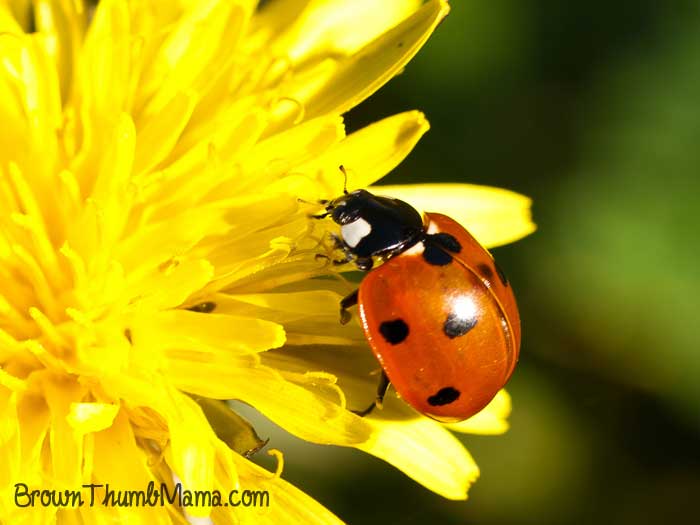
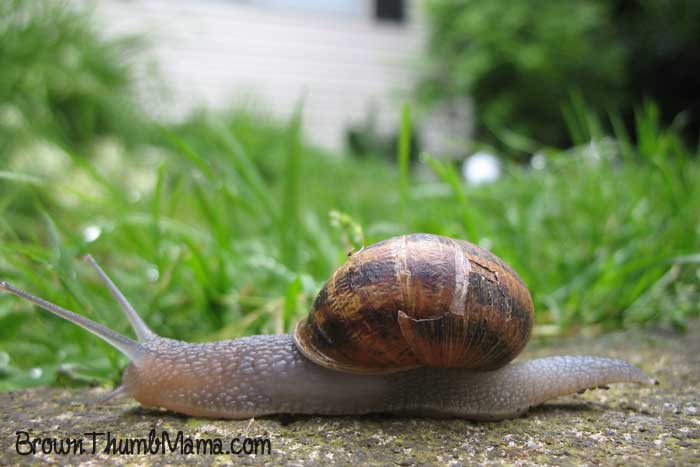
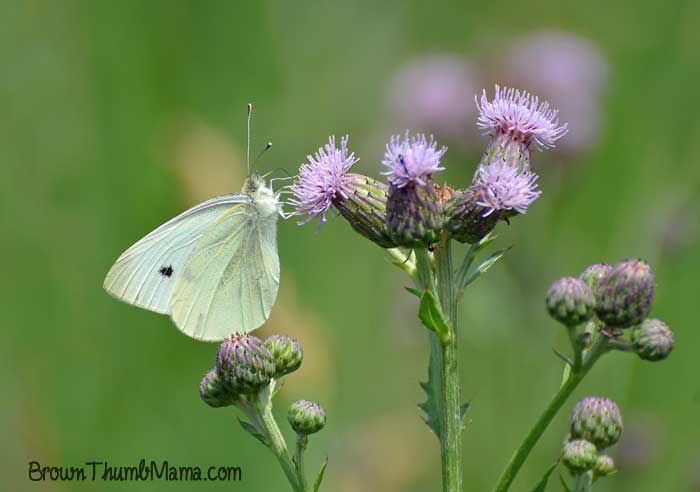
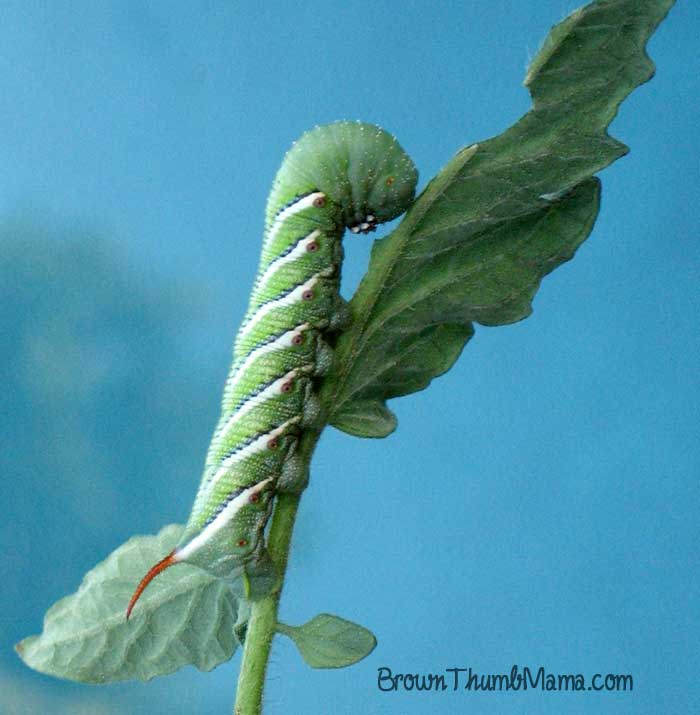
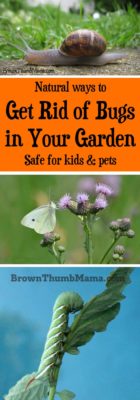

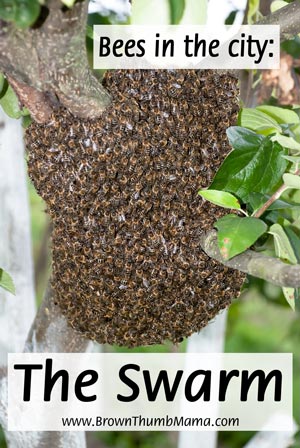
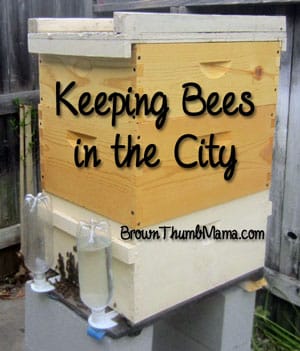
Any suggestions for getting rid of pill bugs/rollypollies? They are ruining my strawberries!!
I didn’t know getting rid of bed bugs is so complicated! Thank you for these detailed tips!
I didn’t know getting rid of bed bugs is so complicated! Thank you for these detailed tips!
Thanks for sharing this helpful information with us regarding pest control, I really found this very helpful and interesting. The language of blog is also very easy to understand and all the above tips are also very effective.
I am once again in a battle with the Japanese Beetles. Every year I go through this. I pick them off where I can reach them every evening. I also put out little containers with soapy ACV to attract and then hopefully drown them. Does anyone have any other hints to control or get rid of them?
We bought hanging beetle traps, put them about 30’ away from our domestic blackberries and trapped 100s per day. Can be bought on line. Lasts about 8 weeks.
How many salt apply to the tin foil?
Another way to get rid of snals aNd slugs, is make a tin foil trough and fill it with kosher salt. So when they crawl over it, the salt makes em fizz n die. I did it for my orchid pots, and it worked, this year i got flowers.
Leaf-footed nymphs destroyed my cucumbers this year. 🙁 I didn’t know they where there until it was too late!